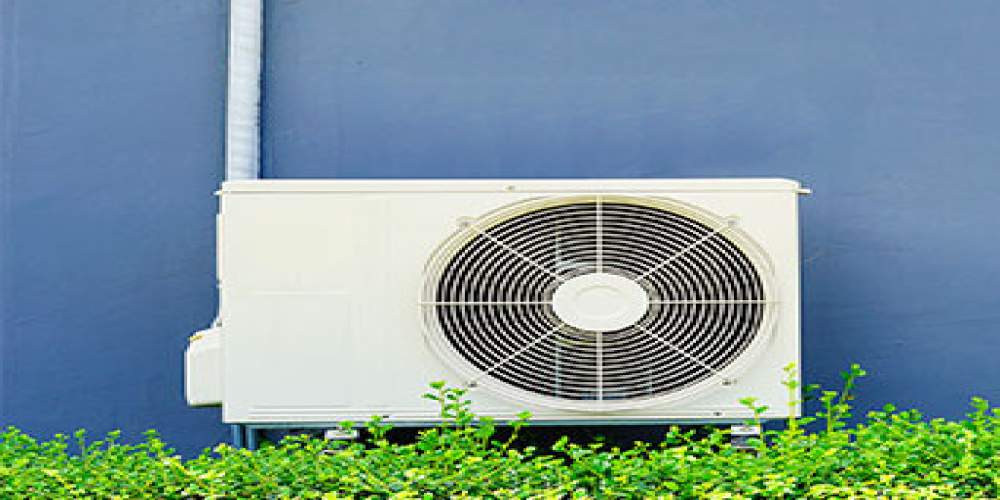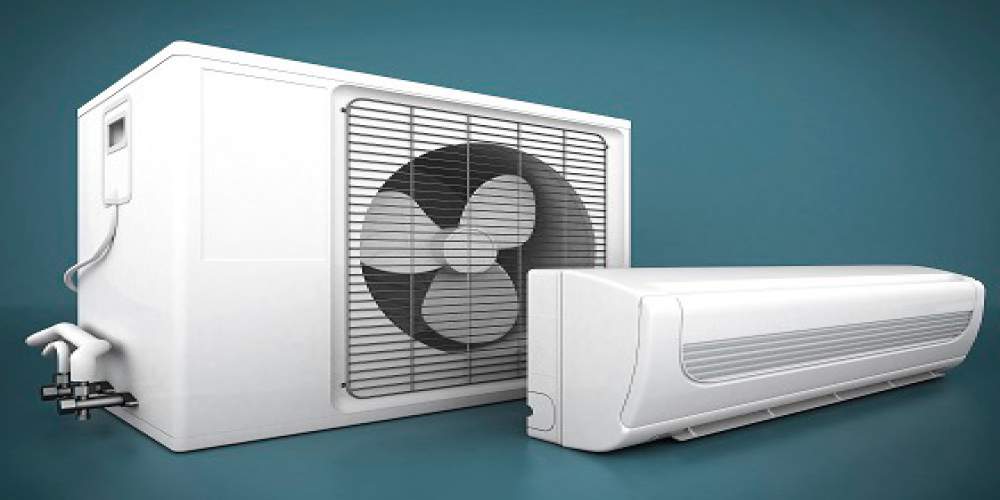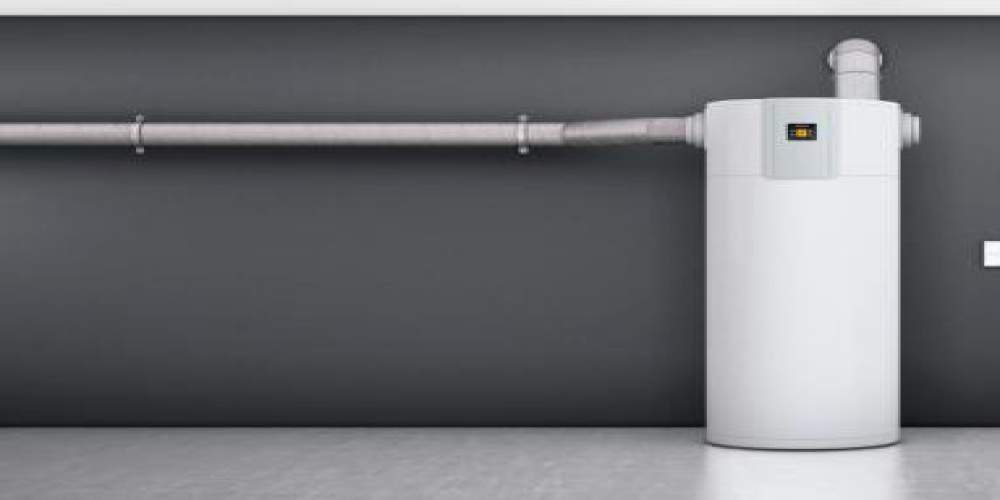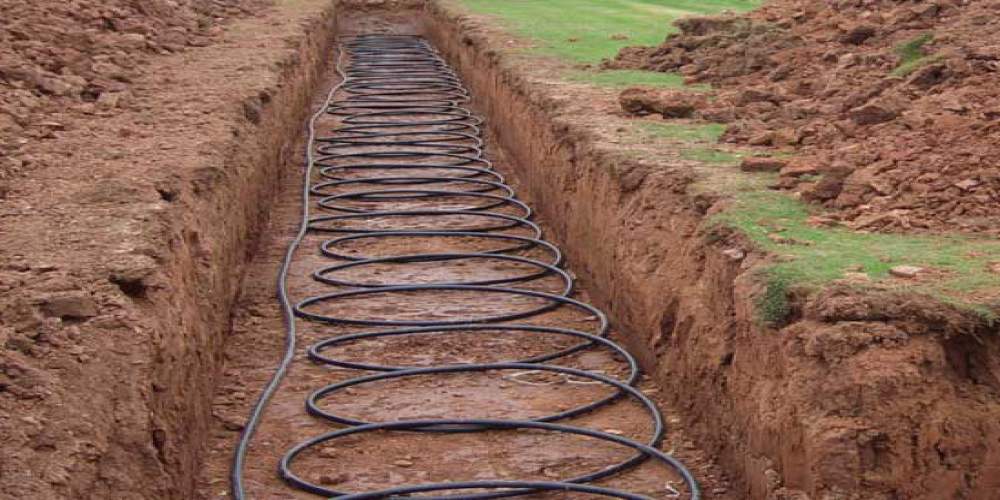There are different types of heat pumps, the main types being geothermal and air source heat pumps. To work, they transfer heat energy from a source such as the ground or air. Although heat pumps do require some power, they are still considered as clean because they don’t rely on fossil fuel being burnt, therefore reducing your carbon footprint and your energy bills.
Heat pumps work well in the UK as they can work during even the coldest of winters to provide heating to homes and businesses. They can be used to heat radiators, underfloor heating and warm the air directly using convectors. They can also heat water and reverse this process to produce cooling in summer months.
There are many benefits to heat pumps including:
- high efficiency ratings
- providing space and water heating and space cooling
- substantially lowering energy bills
- lowering carbon footprint
Are you really interested in getting a heat pump? We or one of the nations installers will offer free advice on the best options for you, either contact us directly or search for a local, trusted supplier HERE.
Types of heat pumps
Air source heat pumps
Air source heat pumps use heat from the air which they turn into a liquid which then passes through a compressor and the temperature is then raised. It then circulates this heat throughout the heating and hot water circuits in your home. Air source heat pumps are cheaper than others on the market. There are two types of heat pumps within the air source category:
Air to water heat pumps
This works better for things such as underfloor heating and large radiators as it works at a lower temperature, distributing heat throughout your wet central heating system. By working well at a lower temperature, this type of heat pump is more efficient.
Air to air heat pumps
This type of heat pump produces warm air which is circulated around your home using fans. Air to air pumps are usually only used for one function at a time and this tends to be electricity. They could also provide hot water but not at the same time.
Ground source heat pumps
Ground source heat pumps or geothermal heat pumps are used for hot water and warm air heating systems. They harness the heat from the ground using buried pipes. The heat is harvested and transported to a heat exchanger where it is then utilized in heating sources within the home. The different types include:
Open or Closed loop system
Predominantly a ground source or geothermal heat pump system is closed loop. A closed loop system uses a single tube connected to either end of the heat pump that loops out through the ground or a water source extracting residual warmth from the ground or the water source to feed the heat pump. An open loop system draws the water directly from a water source like a well, lake, river etc and pumps it directly through the heat pump system extracting the energy directly from the source.
Pond and standing well systems
In water that is deep enough, an open loop system can be used. The pipes will lie beneath the water at the bottom of the pond utilizing the constant temperatures down there. Standing well systems require a well to be dug and a pump system inserted. Water can then be pumped through the system and extract heat from the water before returning it to the well. These systems are cheaper than closed loop well systems.
Vertical ground source systems
These systems are generally used when less outside space is available, as a result, holes need to be drilled down vertically for the heat exchangers. Water can then be pumped through the inserted pipes and into the ground. The temperatures below ground are very constant and below a certain level so the water can be warmed and then extracted through a separate hole, the warm water being used to heat up a refrigerant liquid in the system. This can then be used for various heating systems within a house, such as radiators, underfloor heating etc.
Horizontal ground source
If your property has enough space around it, this space can be utilised to lay pipes in. The pipes will be laid in trenches 1 to 3m deep in a uniform and evenly spread pattern over the largest area available. This is the cheapest of the two heat pump options, but problems can arise in colder weather.
Alternatives to trenching
If having trenches dug in your garden doesn’t sound appealing or if you simply have less space, there is the option of radial or directional drilling. This means piping can be laid under the ground without the land being disturbed and which also doesn’t require much ground space. The cost of this is somewhere in the middle of the trenching and vertical drilling techniques.
Direct exchange geothermal heat pump
This Is a closed loop system which uses copper pipes placed in the ground to circulate refrigerant, the copper tubes exchanging heat with the earth. A water source is not necessary for this system. This kind of system is similar to, but more efficient than an air source heat pump.
What are the maintenance requirements of a ground source heat pump?
If installed correctly a quality system should last at least 20-30 years. They do require some minor maintenance, and this is essential for efficiency reasons, as a heat pump not working correctly can lose 25% of efficiency. Different systems will have different requirements but generally speaking, if you feel your system is working to specification, we recommend a full service every 2/3 years. However, if you suspect any issues or your system is heavily used, then annual check-ups are recommended. The warranty should last up to 3 years but there are other ways to insure your system and this should be researched to find the best protection.
RHI and Government financial incentives
The government does currently offer some incentives for heat pumps, the first being for domestic use heat pumps. Domestic Renewable Heat Incentive means you will receive money for every kWh of heat/energy you generate, please see below for current rates;
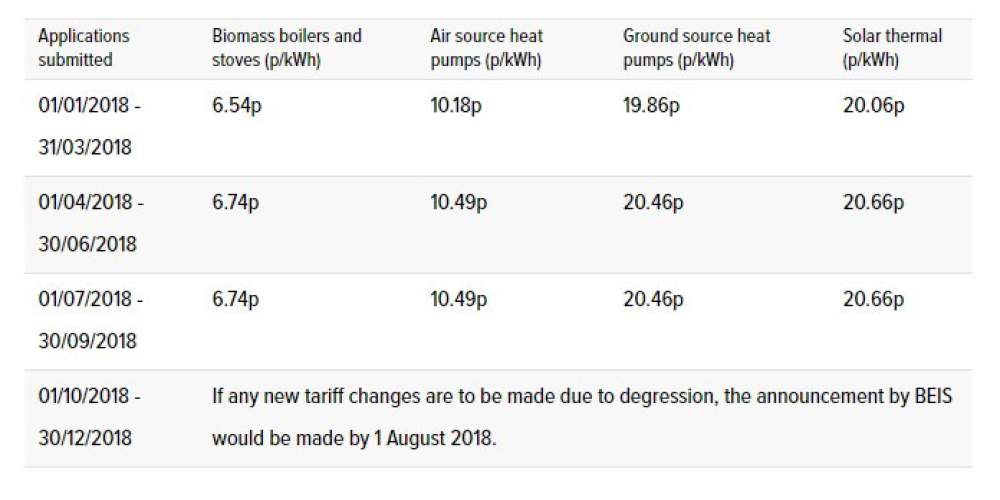
There is a similar incentive for business and industry purposes, but they do differ and are based on the installation.

Planning permission is not usually required for heat pumps, however there are some requirements that have to be met.
Limits to be met:
- Development is permitted only if the air source heat pump installation complies with the Microgeneration Certification Scheme Planning Standards (MCS 020) or equivalent standards. Read more about the scheme.
- The volume of the air source heat pump’s outdoor compressor unit (including housing) must not exceed 0.6 cubic meters.
- Only the first installation of an air source heat pump would be permitted development, and only if there is no existing wind turbine on a building or within the curtilage of that property. Additional wind turbines or air source heat pumps at the same property requires an application for planning permission.
- All parts of the air source heat pump must be at least one meter from the property boundary.
- Installations on pitched roofs are not permitted development. If installed on a flat roof all parts of the air source heat pump must be at least one meter from the external edge of that roof.
- Permitted development rights do not apply for installations within the curtilage of a Listed Building or within a site designated as a Scheduled Monument.
- On land within a Conservation Area or World Heritage Site the air source heat pump must not be installed on a wall or roof which fronts a highway or be nearer to any highway which bounds the property than any part of the building.
- On land that is not within a Conservation Area or World Heritage Site, the air source heat pump must not be installed on a wall if that wall fronts a highway and any part of that wall is above the level of the ground story.
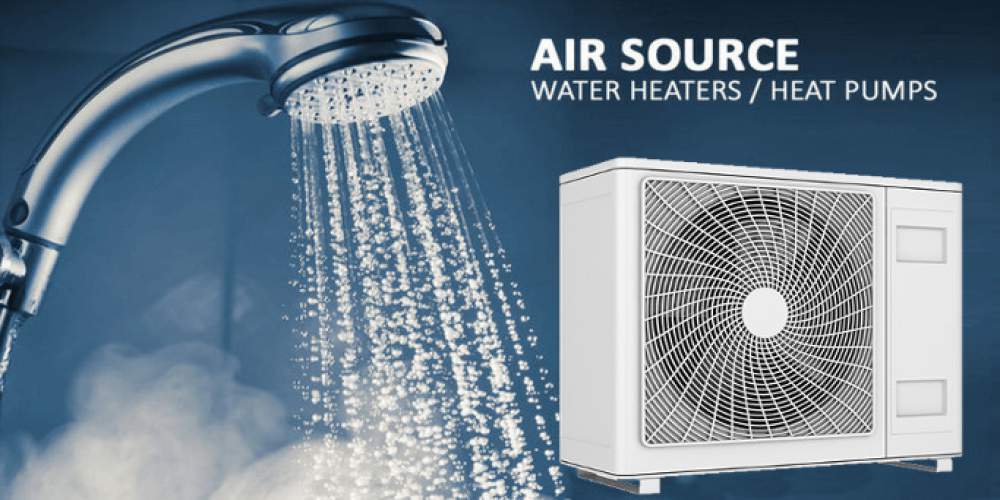
In addition, the following conditions must be met. The air source heat pump must be:
- used solely for heating purposes.
- removed as soon as reasonably practicable when it is no longer needed for microgeneration.
- sited, so far as is practicable, to minimise its effect on the external appearance of the building and its effect on the amenity of the area.
Rules for Scotland and wales again vary slightly, but a local installer will be well informed as to the process for getting subsidies and will often help you with the process. Search here for installers in your area.

